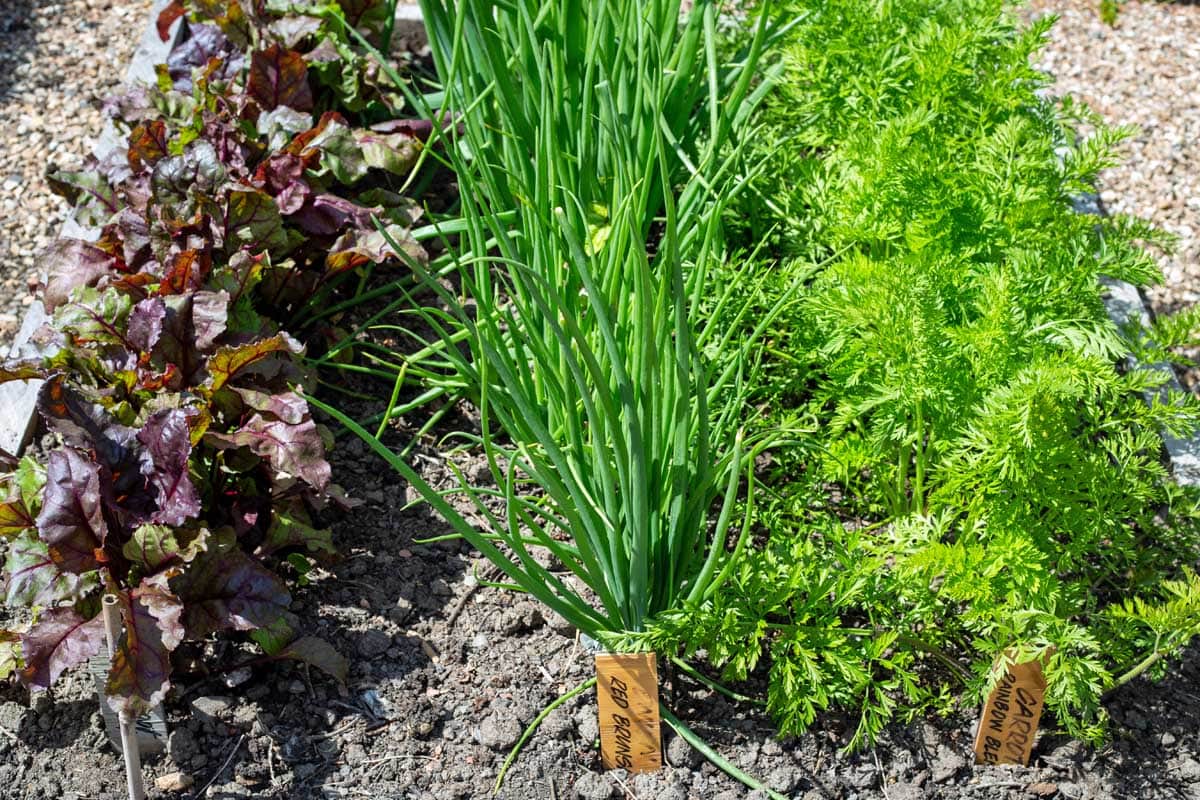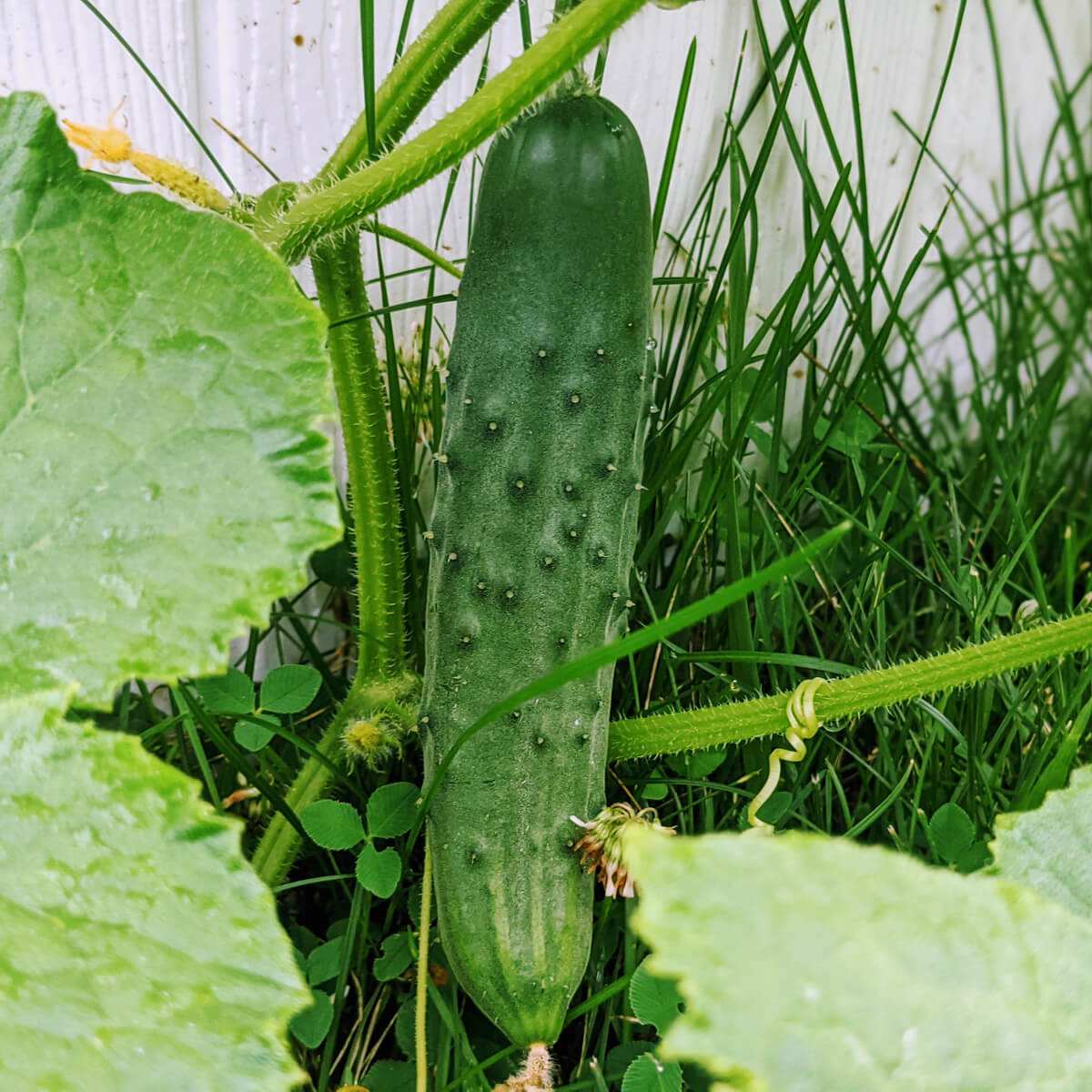The Ultimate Guide To Companion Planting For Vegetables
The Ultimate Guide to Companion Planting for Vegetables
Companion planting is a gardening technique that involves planting certain plants together to benefit each other. By understanding the relationships between different plants, you can create a more productive and pest-resistant garden.
There are many different benefits to companion planting. Some of the most common include:
- Attracting beneficial insects. Many flowers and herbs attract beneficial insects, such as ladybugs, hoverflies, and lacewings. These insects help to control pests in your garden.
- Distracting pests. Some plants, such as marigolds and nasturtiums, have strong scents that can distract pests from your other plants.
- Reducing competition for nutrients. By planting compatible plants together, you can help to reduce competition for nutrients and water. This can lead to healthier and more productive plants.
- Providing support. Some plants, such as peas and beans, need support to grow. By planting them near tall plants, such as corn or sunflowers, you can provide them with the support they need.
- Cultivating the soil. Some plants, such as legumes, fix nitrogen in the soil. This can help to improve the fertility of your soil and make it easier for other plants to grow.
If you're new to companion planting, it's a good idea to start by learning about the basic principles. There are many resources available online and in libraries that can help you get started.
Once you have a basic understanding of companion planting, you can start to experiment with different combinations of plants. There are many different charts and guides available that can help you to choose compatible plants.
Here are a few examples of some popular companion plants:
- Basil and tomatoes: Basil repels aphids and other pests that can damage tomatoes. It also helps to improve the flavor of tomatoes.
- Beans and corn: Beans fix nitrogen in the soil, which corn needs to grow. Corn provides support for beans to climb.
- Carrots and onions: Carrots and onions repel each other's pests.
- Cucumbers and melons: Cucumbers and melons benefit from being planted near each other because they have similar growing requirements.
- Herbs and vegetables: Many herbs, such as dill, chives, and mint, can be planted near vegetables to attract beneficial insects and improve the flavor of the vegetables.
When companion planting, it's important to consider the size and growth habit of the plants you're choosing. For example, you wouldn't want to plant a tall plant, such as corn, next to a short plant, such as lettuce. The tall plant would shade the short plant and prevent it from getting enough sunlight.
You should also consider the climate in your area when choosing companion plants. Some plants, such as tomatoes, prefer warm weather, while other plants, such as broccoli, prefer cooler weather.
With a little planning, you can use companion planting to create a more productive and pest-resistant garden. By understanding the relationships between different plants, you can help your plants thrive and produce a bountiful harvest.
Planting partners for vegetables
When you're planning your vegetable garden, it's important to consider which plants will grow well together. Some vegetables are natural companions, while others can compete for resources or even harm each other.
For example, tomatoes and basil are a classic companion planting combination. Basil helps to repel tomato hornworms, and tomatoes provide support for the basil plants to climb. Other good companion plants for tomatoes include marigolds, nasturtiums, and chives.
Cucumbers and beans are also good companions. Cucumbers benefit from the beans' nitrogen-fixing abilities, and beans appreciate the cucumbers' shade. Other good companion plants for cucumbers include lettuce, radishes, and onions.
If you're not sure which vegetables to plant together, there are many resources available to help you. One great place to start is Gardenia Inspiration. This website has a comprehensive list of companion planting charts, as well as articles and tips on how to create a successful vegetable garden.
FAQ of planting partners for vegetables
Q: What are the benefits of companion planting?
A: Companion planting is the practice of planting certain vegetables together to improve their growth and health. There are many benefits to companion planting, including:
- Reduced pest and disease problems: Some plants can repel or attract pests and diseases, so planting them together can help to protect your crops. For example, marigolds are known to repel nematodes, which can damage the roots of tomatoes and other vegetables.
- Improved pollination: Some plants attract pollinators, such as bees and butterflies, which help to pollinate other plants in the garden. This can lead to better yields and tastier fruits and vegetables.
- Enhanced soil health: Some plants can improve the soil quality by fixing nitrogen or adding other nutrients. For example, legumes, such as peas and beans, can fix nitrogen in the soil, which can benefit other plants that need this nutrient.
- More efficient use of space: By planting companion plants together, you can use your garden space more efficiently. For example, you can plant tall plants, such as corn, to provide shade for shorter plants, such as lettuce.
- A more attractive garden: Companion planting can also make your garden more attractive. For example, you can plant flowers, such as nasturtiums, among your vegetables to attract pollinators and add color to your garden.
Q: What are some good companion plants for vegetables?
A: There are many good companion plants for vegetables, but some of the most popular include:
- Carrots and onions: Carrots and onions repel each other's pests, so planting them together can help to protect both plants.
- Beans and corn: Beans fix nitrogen in the soil, which corn needs, so planting these two plants together can benefit both of them.
- Cucumbers and melons: Cucumbers and melons need a lot of water, so planting them together can help to conserve water.
- Lettuce and tomatoes: Lettuce doesn't need a lot of sun, so planting it between tomatoes can help to shade the tomatoes and prevent them from getting sunburned.
- Marigolds and cabbages: Marigolds repel cabbageworms, which can damage cabbage plants.
Q: Do vegetables need to be planted in pairs?
A: No, vegetables don't need to be planted in pairs. However, companion planting can be a helpful way to improve the growth and health of your crops. You can plant companion plants in groups, or you can simply interplant them throughout your garden.
Q: How do I know which vegetables are good companions?
A: There are many resources available to help you find good companion plants for vegetables. You can find companion planting charts online, in gardening books, and at your local nursery. You can also ask your local gardening experts for recommendations.
Q: How do I care for companion plants?
A: Companion plants need the same care as any other vegetable plant. You should water them regularly, fertilize them as needed, and protect them from pests and diseases. You should also thin them out as needed to give them enough space to grow.
Image of planting partners for vegetables
Garlic and tomatoes: Garlic helps to repel tomato hornworms and other pests, while tomatoes provide support for the garlic plants.

- Carrots and onions: Carrots and onions help to deter each other's pests, and they also have different root depths, so they don't compete for water and nutrients.

- Beans and corn: Beans fix nitrogen in the soil, which benefits the corn plants. Corn provides support for the bean vines.

- Cucumbers and melons: Cucumbers and melons attract pollinators, which help to fertilize both types of plants. They also have similar water and nutrient requirements.

- Lettuce and spinach: Lettuce and spinach are both cool-season crops that can be planted together. They have similar water and nutrient requirements, and they don't shade each other out.

Post a Comment for "The Ultimate Guide To Companion Planting For Vegetables"